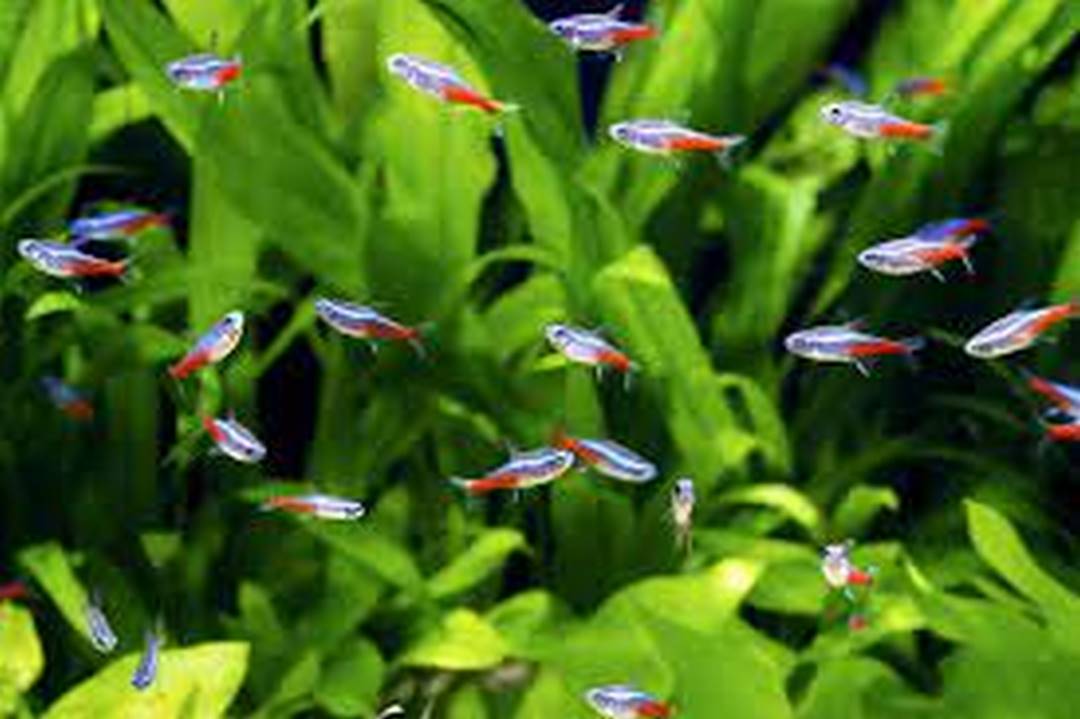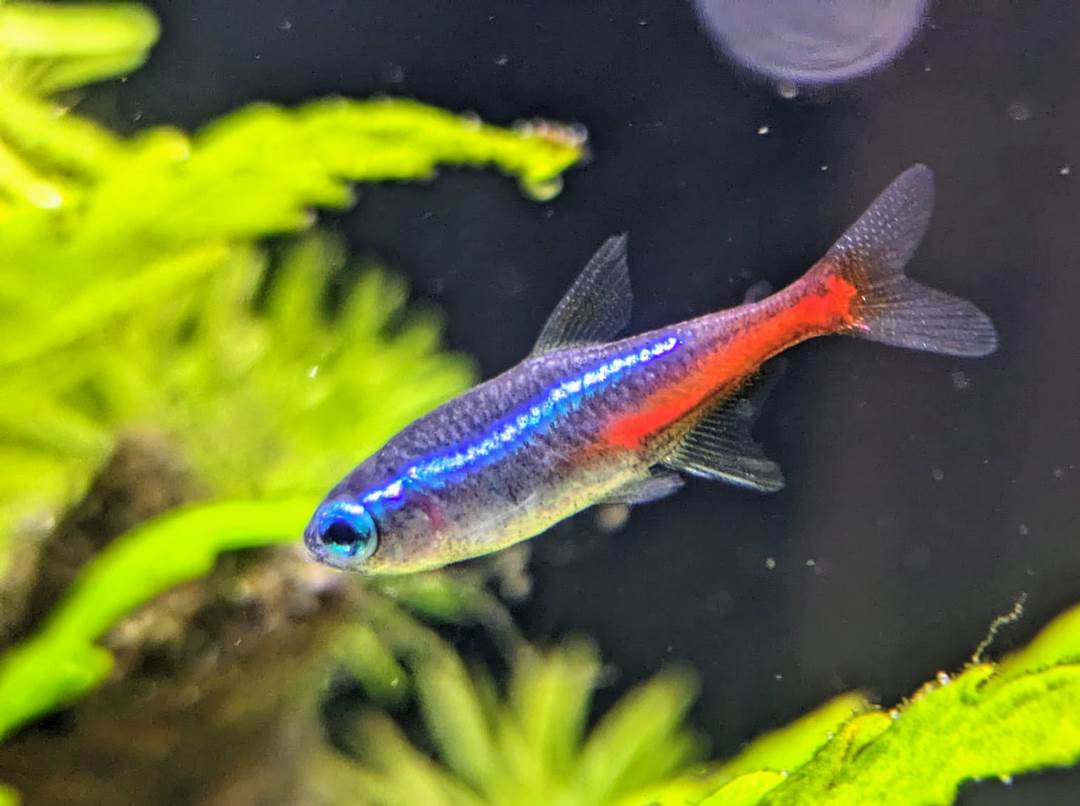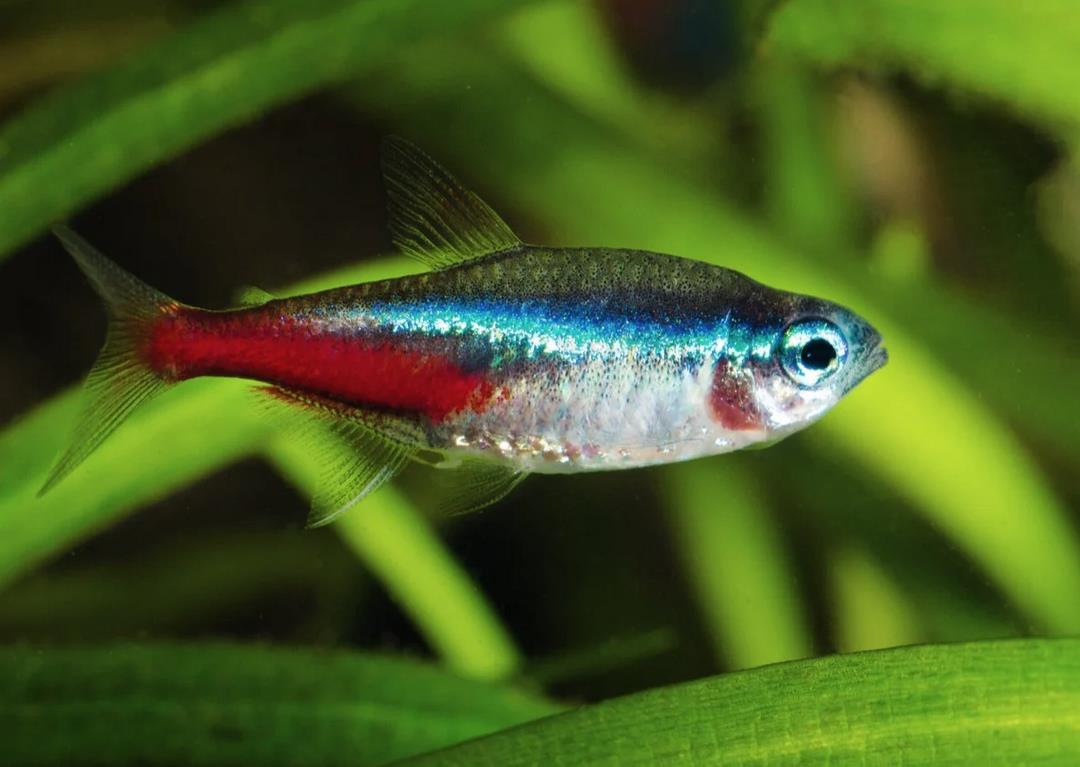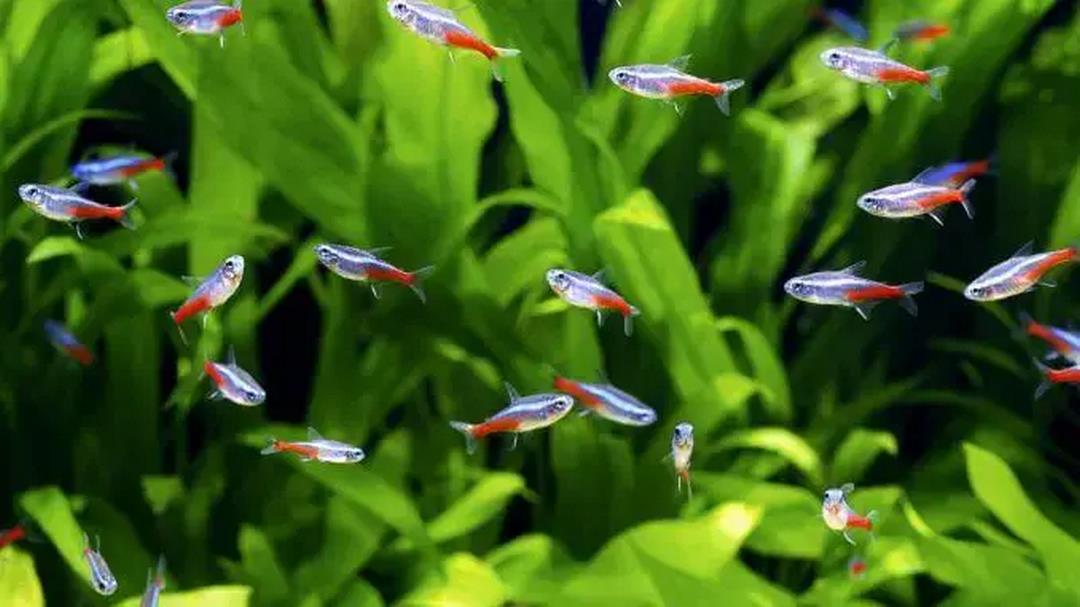Neon Tetras are a favorite among aquarium enthusiasts, whether you’re a beginner or a seasoned fish keeper. Their vibrant colors and delicate appearance make them a beautiful addition to any freshwater tank.
Types of Neon Tetras
There are several varieties of Neon Tetras, including Blue Neon, Black Neon, Emperor Neon, and Golden Neon. Each type has its unique characteristics, such as size, shape, and color, giving you plenty of options to choose from.
Biological Characteristics
Origin Neon Tetras are originally from the Rio Negro river basin in South America and have become popular in aquariums worldwide. They were imported to Vietnam in the 1990s and quickly gained popularity among fish lovers.
- Maximum Size: 20-35 mm
- Appearance: They have striking blue and red stripes running along their bodies, with scales that shimmer like silver.
- Behavior: Neon Tetras are peaceful fish that prefer to swim in groups. They thrive in clean water with ample space and dissolved oxygen.
- Diet: They are omnivores, feeding on plant matter, tiny crustaceans, insects, and small pellets.
- Breeding: Breeding Neon Tetras can be challenging, as they require specific environmental conditions (pH of 5-6, hardness of 1-2 dH, dim lighting, and a temperature of 22-24°C). They spawn in groups, and the eggs are sticky, requiring aquatic plants for attachment. It’s important to separate the eggs quickly to prevent them from being eaten by the parents.
- Lifespan: They can live up to 4-5 years.
Caring for Neon Tetras
Tank Setup While Neon Tetras can survive in a small 10-gallon tank, it’s best to use a larger tank (minimum 24cm x 12cm x 16cm) to allow for their schooling behavior. Adding live plants and decorations will provide hiding spots and breeding areas.
Water Parameters
- Temperature: 23-27°C (ideal at 24°C)
- pH: 5.0-7.5 (preferably below 6.0)
- Hardness: 5-12 dH
Feeding Neon Tetras are not picky eaters; they enjoy a variety of small food options, including insects, brine shrimp, and daphnia. You can also supplement their diet with high-quality flake food for balanced nutrition.
Feeding Schedule Feed them twice a day, offering just enough food that they can consume within 3-5 minutes to prevent water pollution. You might consider using an automatic feeder to maintain a consistent feeding schedule.
Water Changes Perform weekly water changes of 10-20% to keep the tank clean and remove any uneaten food or waste. The frequency of changes may vary depending on the number of fish in your tank. Regular water changes help maintain a stable environment for your Neon Tetras.
Breeding Neon Tetras
Identifying Males and Females It’s easy to tell male Neon Tetras from females. Males are typically smaller, thinner, and have straighter dorsal stripes, while females are larger and rounder with a more curved stripe.
Breeding Setup Mature Neon Tetras reach about 3-4 cm in size. During breeding, separate males and females for conditioning. In the wild, they prefer dimly lit areas with floating plants. For breeding in captivity, use a tank of 20-30 liters, with a mesh covering to prevent parents from eating the eggs. Keep the lighting soft and the water at a pH of around 6.5.
Neon Tetras usually spawn in the evening, continuing through the night. The male will nudge the female and swim beside her, and together they will release eggs and sperm among the plants. Each spawning can produce 100-300 eggs, and the eggs will hatch within 24-36 hours. After about a week, the fry will start swimming freely. Feed them freshly hatched brine shrimp or rotifers.
Simple Care Tips
Caring for Neon Tetras is straightforward, making them a great choice for both beginners and experienced aquarists. Ensure you understand their needs, and provide a natural environment with plenty of hiding spots, such as plants and driftwood, to reduce stress.
Keep a close eye on your fish for any signs of illness, like discoloration or unusual behavior. If you notice any issues, isolate the affected fish to protect the rest of your tank.
By following these guidelines, you’ll create a thriving habitat for your Neon Tetras and enjoy their beauty for years to come.






